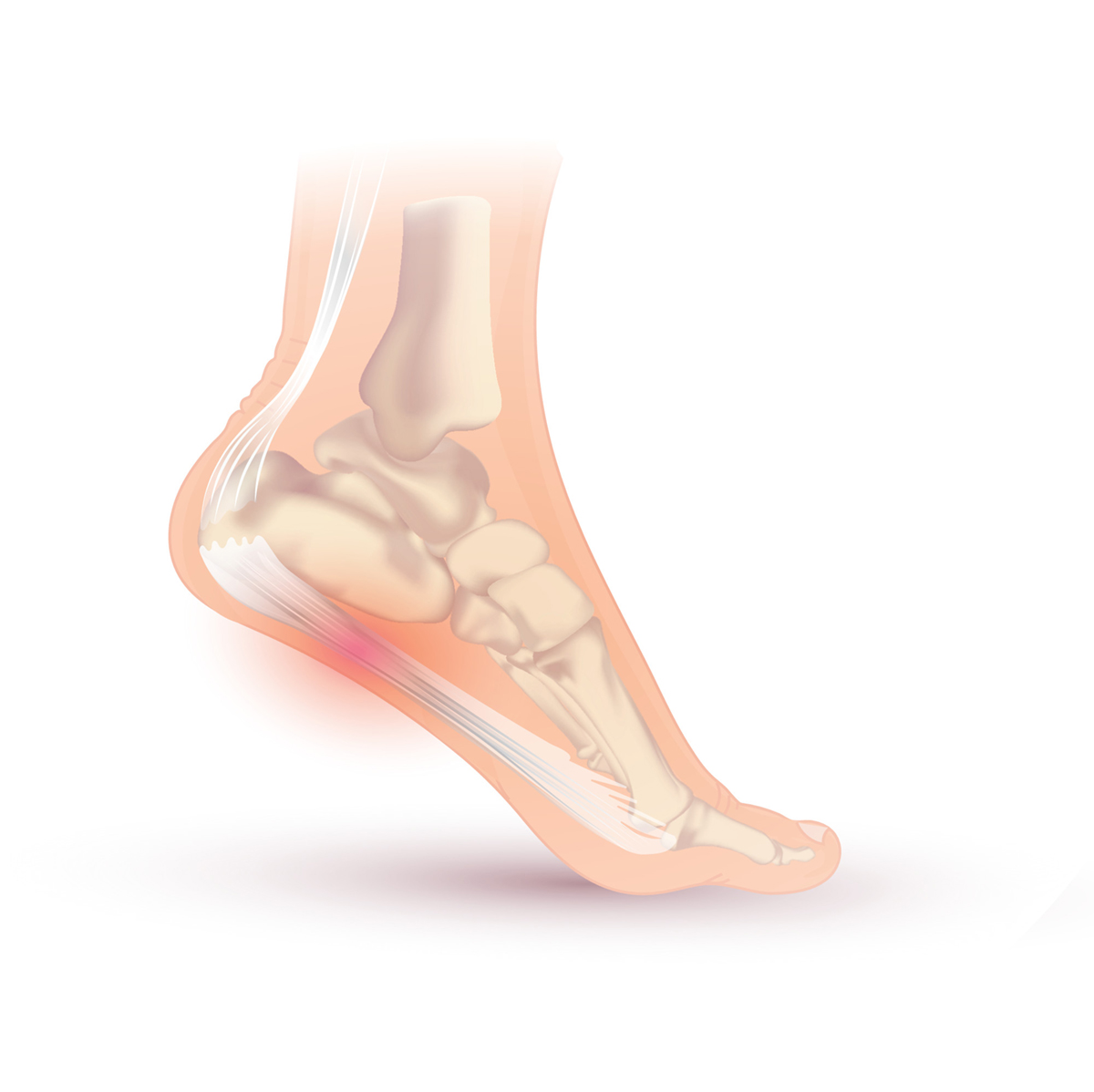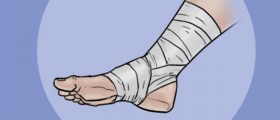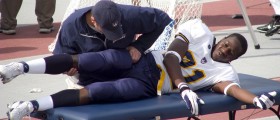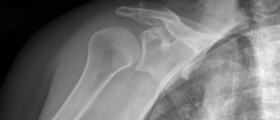
About Tendonitis
Tendonitis or tendinitis is the injury of the tendon, usually associated with inflammation. It may involve various parts of the body, and people may suffer from patellar tendonitis, jumper’s knee or Achilles tendonitis. Also, there are some other names for this injury, including: tennis or golfer's elbow, as well as some tendonitis of the shoulder, known as pitcher's or swimmer's shoulder, depending on the type of sport that the person was engaged in.
Moving the joint affected with tendonitis can cause many different symptoms, such as swelling, tenderness and pain. In people suffering from tennis elbow, the pain is mostly felt on the outer side of the forearm, especially when there is some rotation of the forearm. Also, pain might be localized above the heel (in Achilles tendonitis), in the groins (adductor tendonitis), below the kneecap (in patellar tendonitis) and in the shoulder when a person suffers from rotator cuff tendonitis. Both symptoms and the treatment of tendonitis will mainly depend upon the location of the injury.
How to Treat Tendonitis
Primary goals for patients suffering from tendonitis are to stop the painful sensation and calm inflammation of affected tendon. For that, there are two types of treatment: things you can do at your home and some prescription medications and therapies.
Doctors’ choices are usually physical therapies and exercise, which should strengthen the joint and muscles affected by tendonitis. Also, your doctor may prescribe corticosteroid injections. These injections are good to ease the pain and inflammation, but they mustn’t be used for a long period of time because of potential problem with the tendons. In rare cases, when the tendon is severely torn, doctors recommend surgical procedure, in order to remove the damage. Some patients successfully recover after a complete tendontear.
At home, you can use RICE method to relieve symptoms of your tendonitis. RICE is merely shortened from Rest, Ice, Compression and Elevation, because these are treatment measures found to work extremely well for milder tendonitis injuries.
When using this method, always strive to protect the injury. Use elastic wrap, cane, sling, splint or crutches to prevent any further injury of already problematic area. Then, rest the region of the body affected by tendonitis and avoid strenuous (or sometimes even any) activities involving this part of the body. Use ice to reduce the swelling and muscle spasms, and elastic wrap to compress the injury. After that, you should elevate affected part of the body in order to decrease the blood flow and therefore decrease possible swelling and pain.
















-Symptoms,-Diagnosis,-Treatment_f_280x120.jpg)
Your thoughts on this
Loading...